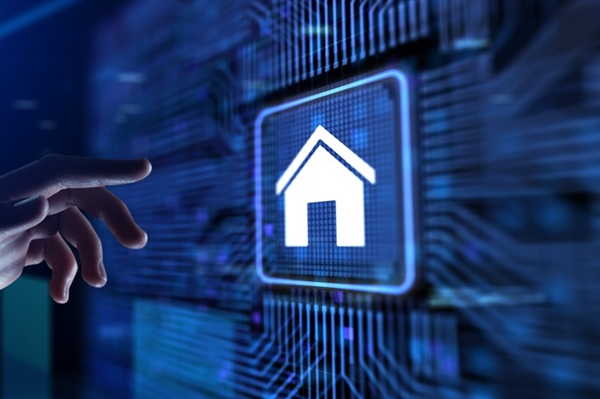Smart Home Solutions for Enhanced Connectivity & Communication

Smart home solutions have revolutionized how we interact with technology in our living spaces. By seamlessly integrating devices and systems, these innovations enhance connectivity and communication within homes, offering unprecedented levels of convenience, security, and efficiency.
From managing energy use to controlling lighting and entertainment, smart homes transform how we live and work in our personal spaces.
This article explores key areas of smart home connectivity and communication. We'll examine how Wi-Fi solutions have evolved, the impact of high-speed internet on automation, strategies to resolve connectivity challenges, and best practices for setting up a home network.
Dive into these insights to discover how to maximize the potential of your smart home.
How Wi-Fi Solutions Evolve in Smart Homes
Wi-Fi technology has transformed how smart homes operate, becoming the backbone of connectivity for various devices.
Earlier Wi-Fi standards offered limited speeds and range, which often hindered the efficiency of connected devices. Modern solutions, such as Wi-Fi 6 and mesh networks, provide faster speeds, greater device capacity, and improved coverage, enabling seamless communication between smart devices in larger homes.
Mesh Wi-Fi systems effectively eliminate dead zones, ensuring a stable home connection. These systems distribute signals through multiple nodes, making them ideal for managing the increasing number of smart devices in homes.
Enhanced security protocols, like WPA3, also protect user data, addressing previous vulnerabilities in home networks.
As smart home ecosystems expand, Wi-Fi solutions adapt to support high-bandwidth applications like 4K streaming, remote monitoring, and real-time automation. For a comprehensive guide to implementing effective Wi-Fi systems, explore WiFi solutions.
How to Solve Connectivity Issues in Smart Homes
Connectivity issues in smart homes are common but solvable with the right strategies.
- One effective solution is upgrading to a mesh Wi-Fi network, eliminating dead zones by creating a blanket of wireless coverage. Devices can connect to the nearest node, ensuring consistent performance throughout the home.
- Interference from other devices can also cause connectivity problems. Dual-band or tri-band routers allow devices to operate on separate frequencies, reducing network congestion. Additionally, placing the router in a central location minimizes obstructions and maximizes coverage.
- Regularly updating firmware and monitoring connected devices for unusual activity helps maintain a secure and efficient network.
- Consulting with smart home professionals can identify specific issues and provide tailored solutions to enhance connectivity.
Best Practices for Setting Up a Home Network
A well-designed home network is essential for supporting smart home technology. Begin by choosing a high-quality router with dual-band or tri-band functionality to handle multiple devices efficiently. Opt for routers with advanced features such as Quality of Service (QoS) to prioritize critical applications.
Placement matters significantly when setting up your network. Position the router in a central location, away from physical obstructions and electronic interference. Extending your network with range extenders or mesh systems can address coverage gaps and improve overall connectivity.
Security is paramount in a smart home network. Enable WPA3 encryption, create strong passwords, and regularly update device firmware to protect against cyber threats. For more advanced configurations, consulting a professional ensures optimal performance and security for your network.
The Impact of High-Speed Internet on Home Automation
High-speed internet is the cornerstone of modern home automation, enabling devices to communicate efficiently and perform tasks without delays.
With fiber optic and gigabit connections becoming widespread, homeowners can run multiple high-bandwidth applications simultaneously, such as video streaming, gaming, and smart device automation.
Faster connections allow for real-time monitoring and control of devices through mobile apps, enhancing user experience.
Features like live video feeds from security cameras, voice-activated commands, and cloud-based data processing rely heavily on consistent high-speed internet. These capabilities simplify complex tasks and improve overall functionality.
Moreover, the growth of the Internet of Things (IoT) further underscores the importance of reliable internet. As more devices join the network, robust internet speeds ensure smooth operation and minimal latency, supporting the seamless integration of technologies in smart homes.
Let Revience Upgrade Your Connectivity Today
Revience specializes in creating tailored smart home solutions that enhance connectivity and communication. Our team offers expert guidance to optimize your home network, solve connectivity issues, and implement future-ready technologies.
Call us at 763-497-4989 or contact us online to explore how we can help transform your living space into a seamlessly connected smart home.